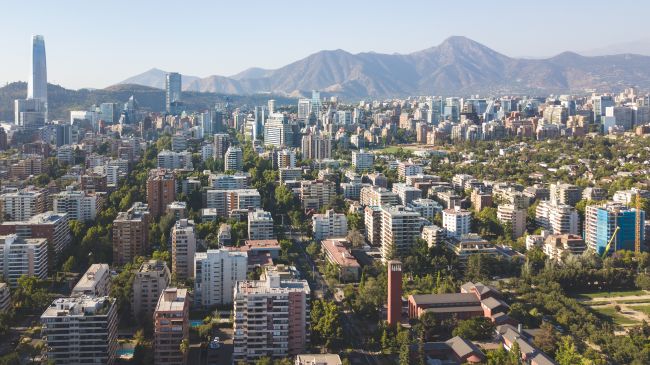Vertical movement
How do crowds access and move through stations? How should we design elevator systems for large office buildings?
When thinking about moving groups of people from one destination to another, trains, buses, and airplanes are usually the first things that come to mind. Often overlooked, however, is how large groups of people navigate vertically through our urban environments. How do crowds access and move through stations? How should we design elevator systems for large office buildings? How can we plan for more unique purpose elevators?
Pedestrian modeling for transit stations
The increasing use of crowd flow simulation in transportation planning studies has shown that pedestrian modeling is a cost-effective tool in assessing and optimizing infrastructure design. A microscopic model can provide an overview of the strengths and weaknesses of transportation infrastructure based on user interaction and the resulting level of service.
A station pedestrian model provides an invaluable tool to assist in finding a cost-effective and user-friendly station layout. It also supports the definition of station elements such as the number and location of fare gates, choice of vertical circulation, the number and type of elevators, the width of corridors, platform capacity, ticket vending machine locations, and general station capacity, all to accommodate passengers and identify queues, bottle-necks and interchange impacts.
Steer Davies Gleave has been supporting TransLink over the last four years, analyzing a number of SkyTrain stations to understand the impact on capacity of future transit growth.
This has been done using a combination of macro and micro models. A macro EMME travel demand forecasting model provides future-year peak-hour demand as an input into the microsimulation station model to determine levels of service.
We are able to provide comparisons between escalators and a range of elevator configurations to provide the optimal level of service and to minimize capital and operating costs.
Circulation in new developments
Analysis of the vertical movement of people is vital to new development projects, as the creation and optimization of useful space has a direct impact both on the flow of the building and on project design and construction costs. The aim of the analysis is estimating the number and location of elevators, escalators and moving walkways, and their technical specifications, in order to achieve efficiency, comfort and safety. Internal mobility analysis and strategy development for vertical transportation provides three important benefits:
- improving salable area of the project;
- better allocation of resources and investment; and
- technical specifications that better fit the vertical movement needs of the project.
Unique accessibility challenges
Not all vertical access problems can be solved with conventional solutions. Recent work completed by Steer Davies Gleave for the City of Edmonton, as a sub-consultant to DIALOG, recommended a mechanical access solution to provide an alternative to the steep and lengthy set of stairs from downtown to the River Valley trail system. The goal was to maximize accessibility to recreational areas by encouraging more trip types by a variety of users, as well as recommending a realistic level of service for an elevator.
This study analysed the demographics that this elevator was likely to serve, as well as the demographics of the current stair users.
By using this information, a daily demand profile was developed and reasonable wait times were estimated from trip length and elevator operating parameters.
The access solution had to accommodate a wide range of combinations of strollers, wheelchairs and bicycles. A conventional elevator cab would not do, as they could not typically accommodate multiple bikes, wheelchairs or strollers, which would likely arrive in groups for recreational use. A prime example is an adult and children with bicycles, a group that should not be split.
Our team recommended interior cab dimensions that should be accommodated and configurations that would aid with design.
Construction on the Mechanized River Valley Access project began in March 2016.
You can find out more about the project on The City of Edmonton website.
Written by Joseph Chow.



















